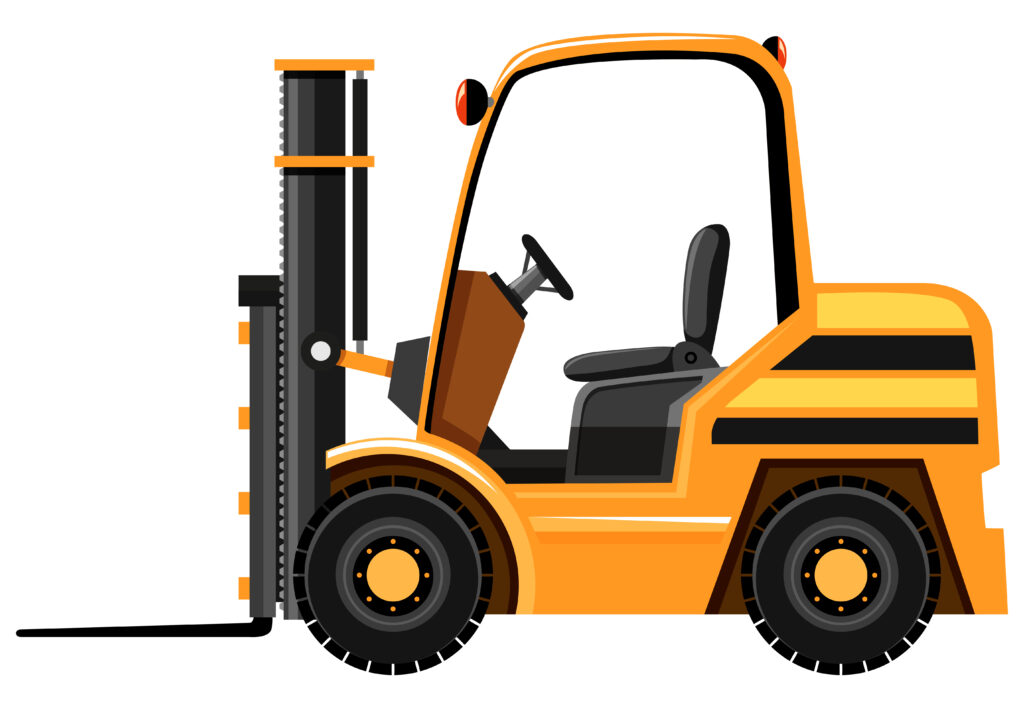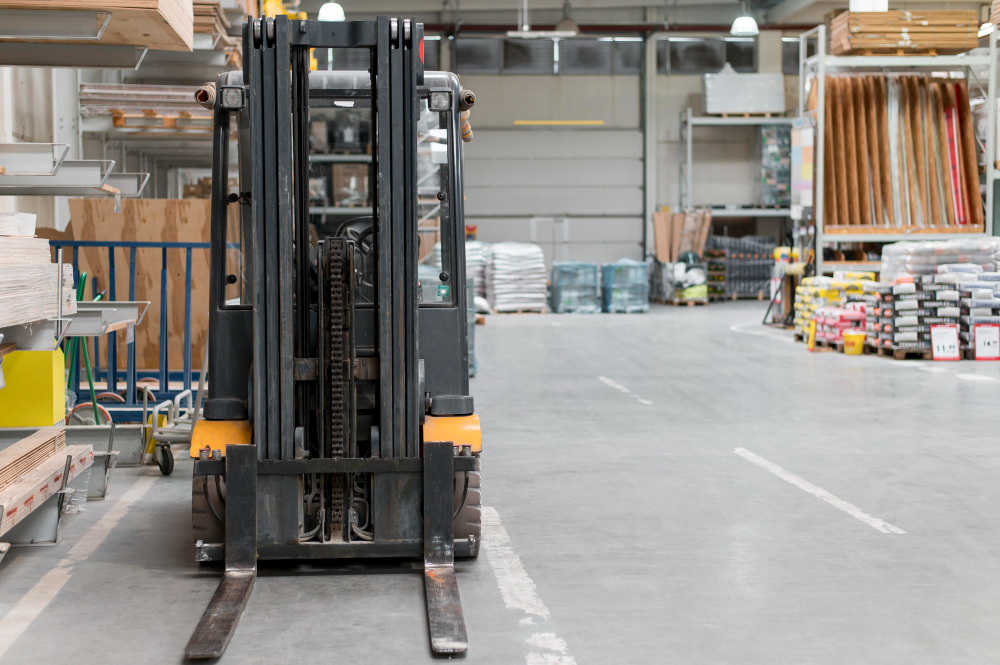Forklift forks, also known as blades or tynes, are vital components of material handling equipment. Understanding their dimensions, types, and applications is crucial for safe and efficient operations. This guide provides comprehensive insights into measuring forks, selecting the right size, exploring different types, and understanding their various applications.
How Are Forks Measured?
Forklift forks are critical components of material handling equipment, and their measurements are essential for determining their compatibility with the forklift and their ability to handle loads safely. The width, length, and thickness of the forks are the key dimensions to consider. Fork width is measured from one side to the other, length from the front to the tip, and thickness from the shank back to the shank face. Using precise measurements, often with tools like fork calipers, ensures accurate assessment and selection of forks suitable for specific tasks.
Forklift Fork Dimension Examples:
Fork dimensions vary across different classes and types, impacting their load capacities and performance. For instance, Class II forks may have thicknesses ranging from 1.25″ to 1.75″, while Class IV forks can handle capacities up to 21,400 lbs. Understanding these dimensions helps in selecting the appropriate forks based on the requirements of the job and the forklift’s capabilities.
What Size Forks Do You Need?
The lift capacity of the forklift determines the size of forks required for safe and efficient operations. Factors such as load length, width, and weight influence fork selection. It’s essential to choose forks that are at least two-thirds the length of the longest load to ensure stability and prevent accidents during lifting. Additionally, considering the forklift’s capacity and load center helps in determining the optimal fork size for the task at hand.
The Parts of a Fork:
Forklift forks consist of several components, each serving a specific function in the lifting process. These include locking pins, shank, hooks, heel, blade, taper, and tip. Locking pins secure the forks to the carriage, while the shank provides structural support. Hooks and heel contribute to stability, while the blade and tip are responsible for lifting and carrying loads. Understanding the anatomy of forks is crucial for maintenance, troubleshooting, and ensuring safe operations.
Types of Forks:
Various types of forklift forks cater to diverse material handling needs, offering specialized features for specific applications. Examples include anti-slip forks, block forks, bolt-on forks, coil forks, drum forks, folding forks, gypsum forks, and tire forks. Each type is designed to address unique challenges, such as handling specific materials or operating in particular environments. Selecting the right type of fork enhances efficiency, productivity, and safety in material handling operations.
Learn More: FORKLIFT MAINTENANCE TIPS
Forklift Safety Tips:
Safety is paramount when operating forklifts, and proper handling of forks is essential to prevent accidents and injuries. Regular inspection of forks, ensuring they are not damaged or worn, and securely attaching them to the carriage are critical safety measures. Additionally, prioritizing operator training and adherence to safety protocols minimizes risks associated with forklift operations. By promoting a safety-first culture and implementing best practices, businesses can create a safe working environment for their employees.
In conclusion, understanding the measurement, selection, anatomy, types, and safety aspects of forklift forks is crucial for optimizing material handling operations and ensuring workplace safety. By considering these factors and implementing appropriate measures, businesses can enhance efficiency, productivity, and safety in their operations involving forklifts.



